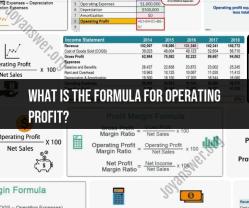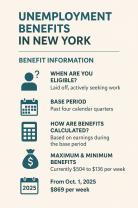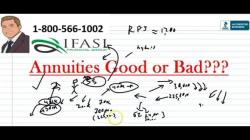What is true about certificates of deposit?
Certificates of Deposit (CDs) are a popular form of time deposit offered by banks and credit unions. Here are some key truths about certificates of deposit:
Safety: CDs are considered a safe investment because they are typically insured up to a certain amount by the Federal Deposit Insurance Corporation (FDIC) for banks or the National Credit Union Administration (NCUA) for credit unions. This insurance protects your principal investment from loss, up to the coverage limit.
Fixed Interest Rates: When you invest in a CD, you receive a fixed interest rate for a specified term, which can range from a few months to several years. This means you know exactly how much interest you'll earn during the CD's term.
Term Lengths Vary: CDs come in various term lengths, allowing you to choose a timeframe that aligns with your financial goals. Common terms include 6 months, 1 year, 2 years, and 5 years, among others.
Interest Payments: Interest on CDs can be paid in different ways:
- At Maturity: You receive both the principal and accumulated interest when the CD matures.
- Regular Withdrawals: Some CDs allow you to receive interest payments at regular intervals (monthly, quarterly, annually).
- Reinvestment: You can choose to reinvest the interest earnings back into the CD, allowing your investment to compound.
Early Withdrawal Penalties: If you withdraw funds from a CD before its maturity date, you may incur an early withdrawal penalty. The penalty amount varies depending on the bank and the specific CD terms. It's important to understand these penalties before opening a CD.
Low Liquidity: CDs are not considered liquid assets because they have fixed terms, and early withdrawals may result in penalties. They are best suited for funds you don't need immediate access to.
Interest Rates Vary: CD interest rates can vary significantly among financial institutions and may change over time. It's important to shop around for the best CD rates before investing.
Tax Considerations: Interest earned on CDs is generally taxable at the federal, state, and local levels. Be prepared to report and pay taxes on your CD interest earnings.
No Market Risk: Unlike stocks or other investments, CDs are not subject to market fluctuations. Your interest rate and principal are guaranteed if you hold the CD until maturity.
Limited Returns: While CDs offer safety and predictability, they typically offer lower returns compared to riskier investments like stocks or bonds. The trade-off is between security and potentially higher returns elsewhere.
Automatic Renewal: Many banks offer automatic renewal options for CDs. If you don't take action before the CD matures, it may automatically roll over into a new CD with the same term or different terms. Review renewal options and rates carefully.
Minimum Deposit Requirements: Banks and credit unions often require a minimum deposit to open a CD. The minimum amount varies by institution.
CDs can be a valuable component of a diversified investment portfolio, especially for short- to medium-term savings goals. They offer safety, predictability, and a fixed return on your investment. However, they may not provide the same level of growth potential as riskier investments, so consider your financial objectives when deciding how to allocate your assets.













